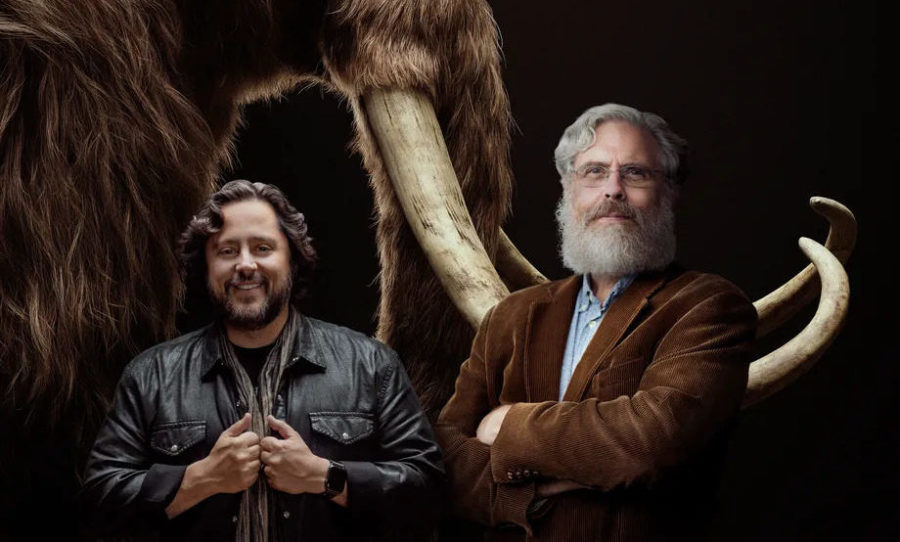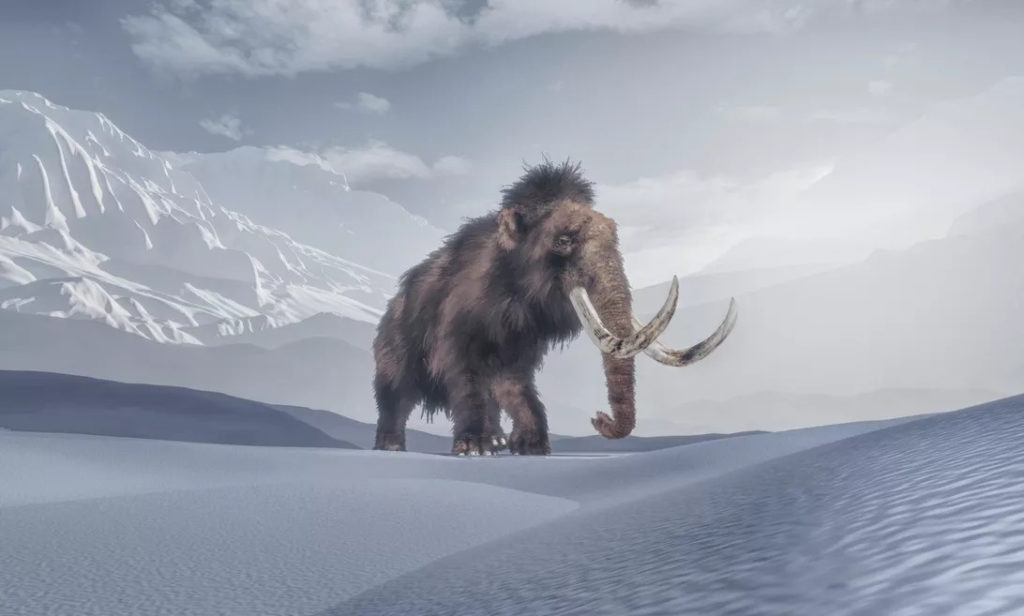Colossal has launched with a mission to bring the woolly mammoth back from extinction – in the form of an elephant/woolly mammoth hybrid.
Using CRISPR gene editing technology, the start up plans to create a mashup between a woolly mammoth and the Asian elephant.
By modifying elephant embryos (the mammoth’s closest living relative), the goal is to make the elephants genomes resemble those of woolly mammoths.

Harvard geneticist and co-founder of the company, George Church, has been working on the idea for a decade but struggled due to lack of funding.
The start up now has a backing of $15 million from investors including PayPal co-founder Peter Theil, giving it new hope.
Over the next four years the aim is to produce embryos with traits of a woolly mammoth, kind of like a fatter, furrier elephant with smaller ears and a high-domed head.
Colossal also want to create an artificial uterus to carry the embryo, which would take around two years to develop into a 90-kilo fetus.
“This is how big a woolly mammoth tusk is, found in Siberia.”
-Credits: Konamashi- pic.twitter.com/QPOsZ4FOot
— Insta Science (@insta_science) September 7, 2021
The start-up believes the animals could help to ‘re-engineer’ ecosystems, specifically the Arctic, breaking down larger vegetation and restoring them to the grasslands they used to be.
They say this is better for the planet, as snow-covered grasslands in the Arctic are better at reflecting radiation from the sun than darker shrublands or woodlands.
The hybrid animals could also help prevent permafrost (soil frozen year-round) from melting, which releases carbon dioxide by trampling snow down, making it easier for the soil to freeze.
This animated NFT commemorates the future de-extincted woolly mammoth, and @stewartbrand’s mission to bring it back. https://t.co/bgal6opYNW https://t.co/xS0Xir256y pic.twitter.com/zXFxMfOa3J
— We Are As Gods (@StewartBrandDoc) September 14, 2021
Don’t hold your breath though.
Even if everything goes as planned it’s likely to take about 6 years to birth a hybrid calf. It would then take around another 14 years for the first animal to be old enough to reproduce.
Woolly mammoths mostly died out over 10,000 years ago, but a small population survived on Wrangel Island until about 3,700 years ago, meaning they existed at the same time as Ancient Egyptians and Romans.
It’s believed inbreeding caused by isolation on the island was their demise, with mutated genes leading to reduced fertility and diabetes which affected their development.



